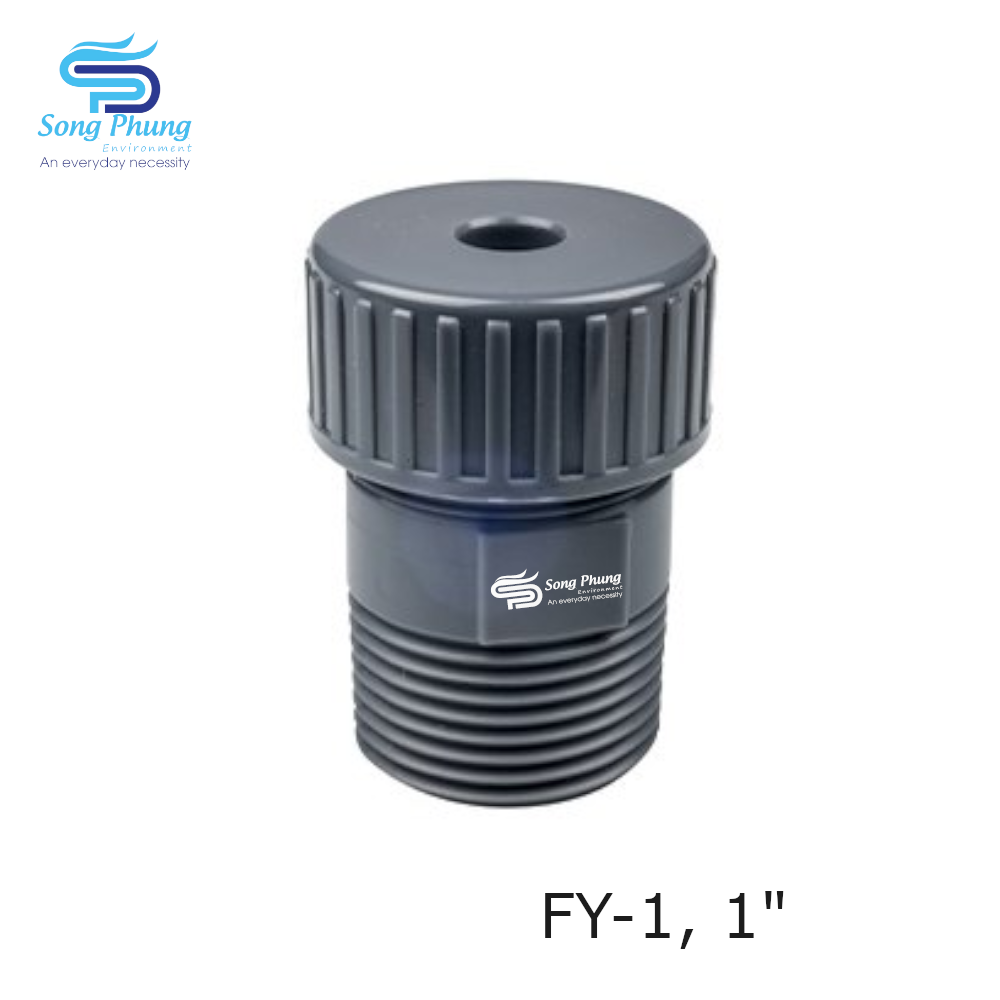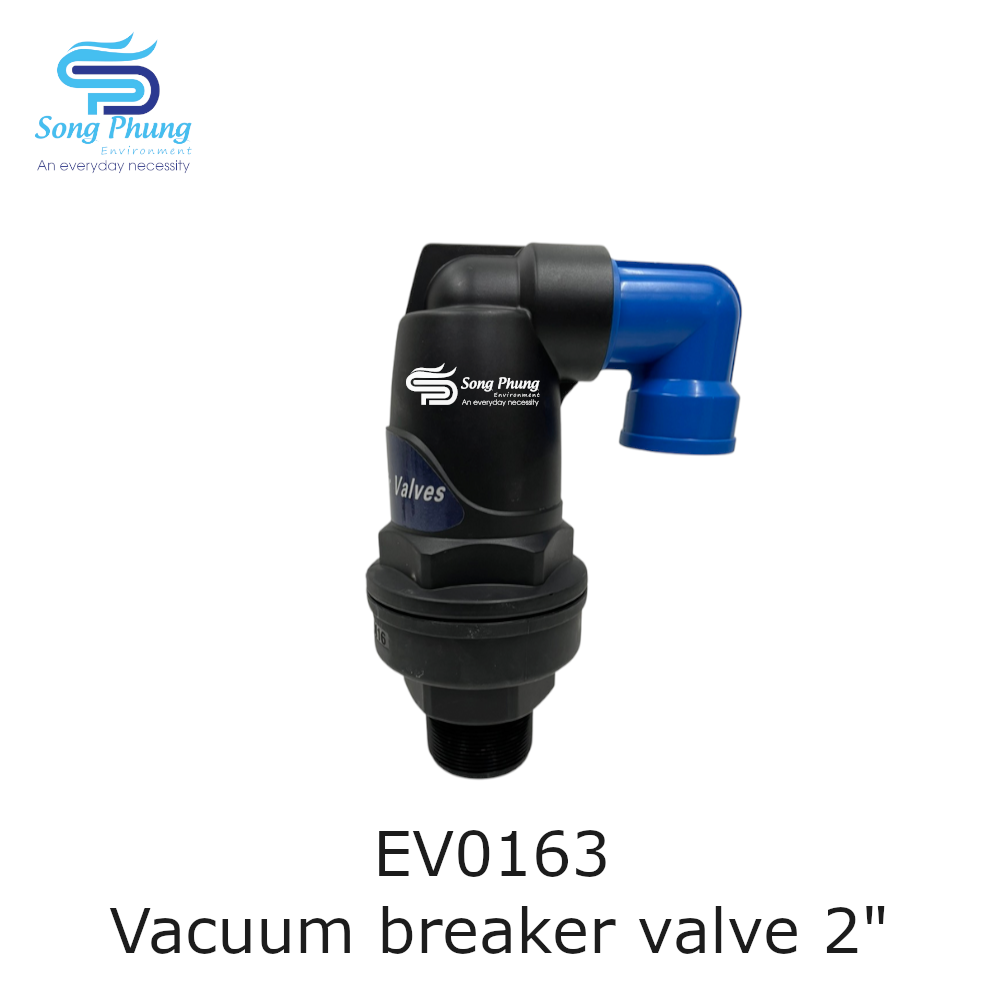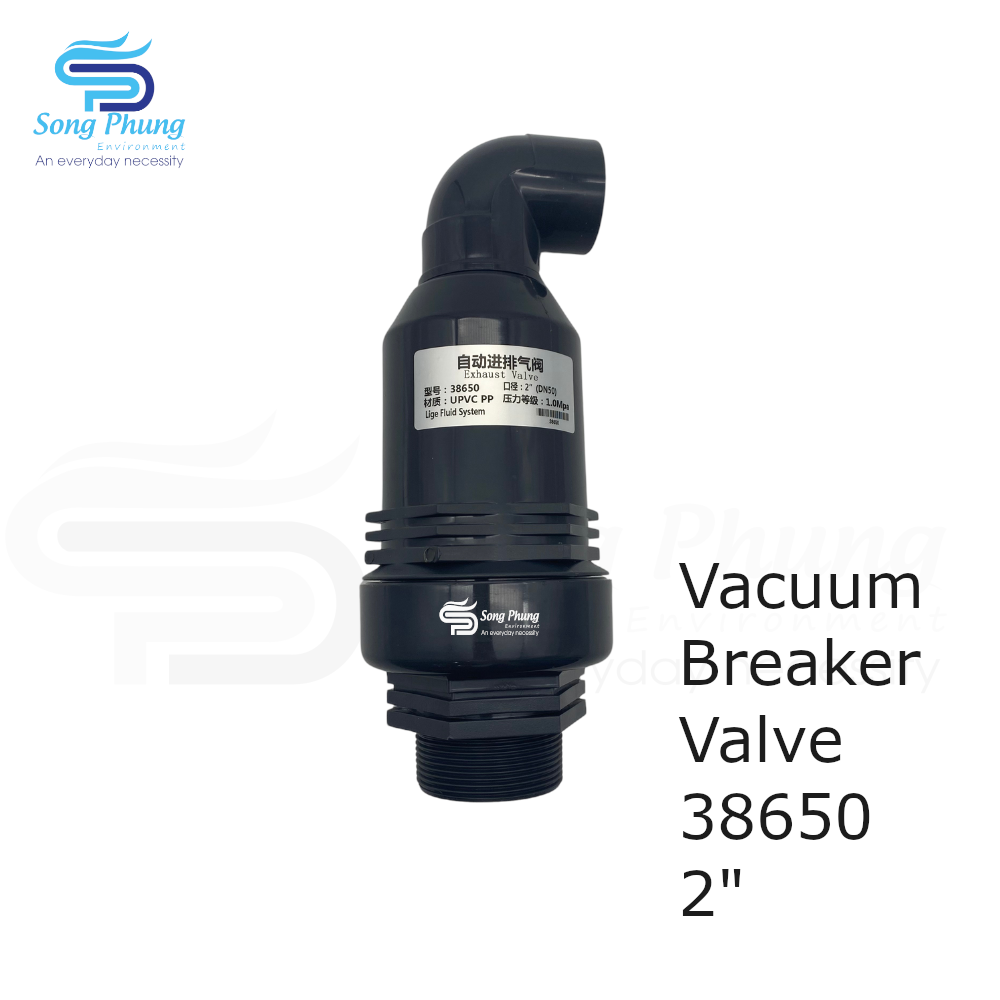What is negative pressure? How does negative pressure affect the filter system?
1. What is negative pressure?
To answer the question of what is the negative pressure level, let’s learn about pressure in general.
Negative pressure in has another name is vacuum pressure and a negative pressure gauge is called “negative pressure gauge”.
Negative pressure is also known as vacuum negative pressure. The vacuum pressure is also known as the vacuum level. Negative pressure is calculated in many different types of units such as: Torr, Pa, mBar, mmHg [abs] … this is a measure of the pressure of the amount of matter present in a certain space.
Therefore, vacuum pressure is understood that when a space has a higher vacuum pressure, the amount of matter inside is less. A vacuum pressure of 0 Torr or 0 kPa [abs] is referred to as absolute vacuum or absolute negative pressure – meaning no matter inside.
In physics, pressure (often abbreviated as p or P) is a physical quantity, defined as the force per unit area acting in a direction perpendicular to the surface of an object. In the SI system, the unit of pressure is Newtons per square meter (N/m2), it is called Pascal (Pa) after the 17th century French mathematician and physicist Blaise Pascal. The pressure 1 Pa is very small, it is approximately equal to the pressure of a dollar on the tabletop. Usually pressure is measured with a ratio starting with 1kPa = 1000 Pa.
2. Negative pressure measuring device
At present, we often use devices such as vacuum gauge, negative-positive pressure gauge, vacuum barometer, pressure-vacuum meter and suction manometer to measure negative pressure.
They are in the form of gauges for measuring pressure in a vacuum environment. In simpler terms, a negative pressure gauge is used to measure pressure in a non-air atmosphere, the maximum pressure of which is usually 0-bar.
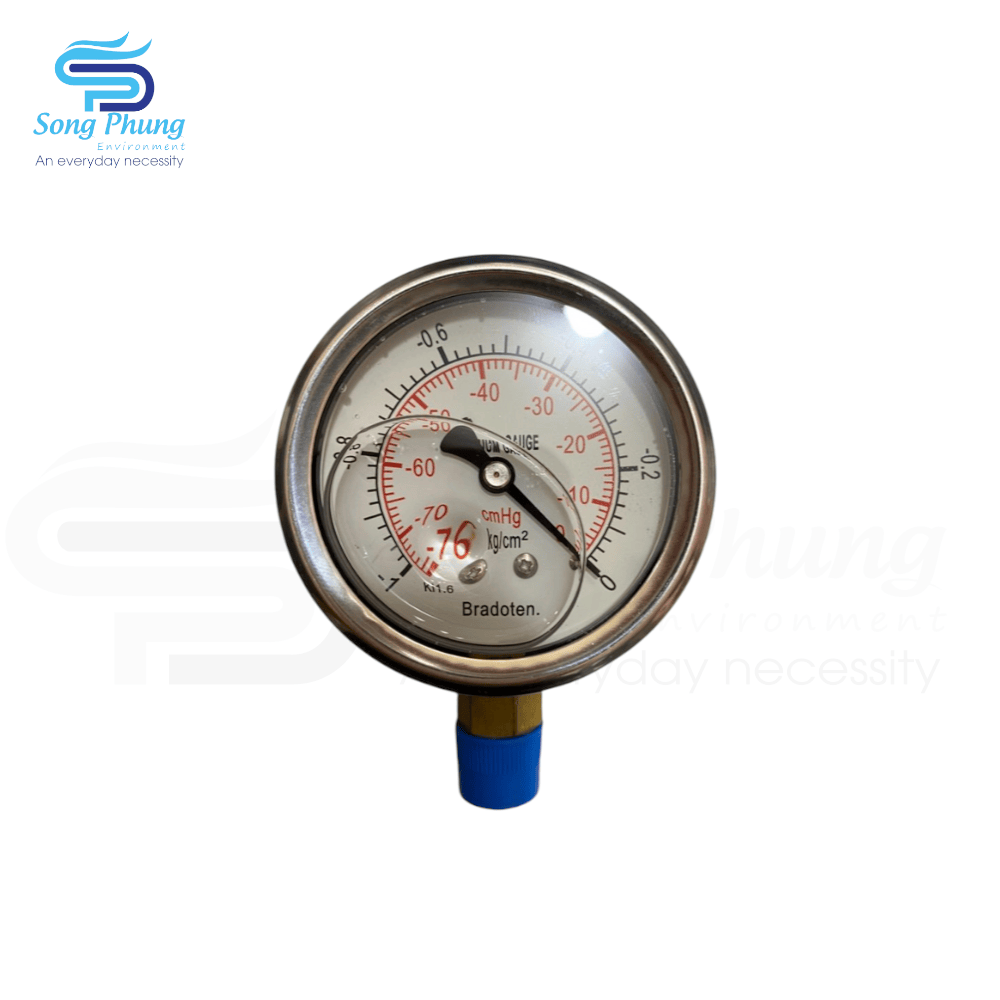
The same is a pressure gauge, but the negative pressure gauges will have a different measuring range than conventional pressure gauges. Its measuring range will start at zero. But when the pump/suction starts working, the pressure gauge hand will move to the left instead of the right as usual. And the pressure gauge will reach a maximum value of -1 bar (minus 1 bar) depending on the measuring range that the user has set.
Negative pressure gauges are currently classified into 3 main types, including:
- Diaphragm pressure gauge
- Oil pressure gauge
- Oil-free pressure gauge
Each type of negative pressure measurement has its own structure and is suitable for its own environment and application. Specifically:
- Diaphragm pressure gauges are commonly used in chemical plants, beverage processing plants, environments containing many impurities, and oil water.
- Oil pressure gauges are designed specifically for harsh environments such as: power plants, refineries and even places with high pressure.
- Oil-free pressure gauges are designed with the same functionality as normal engine, for use in corrosive environments.
3. Pressure classification
The illustration below details for pressure types with conditions:
The point of pressure taken as a reference is atmospheric pressure called the conventional “0” point or the relative “0” point.
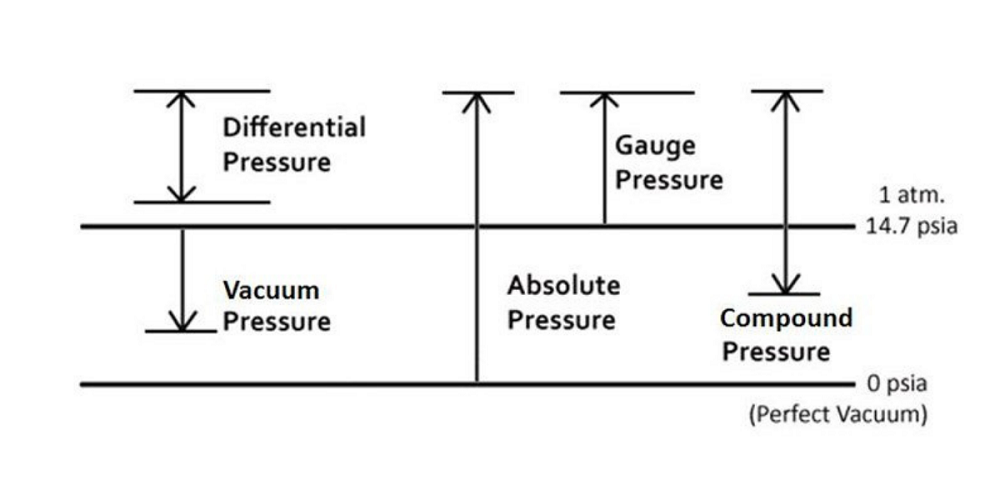
4. How much is the negative pressure?
Vacuum pressure has a negative value and reaching 0 Torr or 0 Pa is considered absolute vacuum aka absolute negative pressure – no matter inside.
Currently, vacuum units are usually expressed in Torr and the international pressure unit – Pascal (Pa), is defined as follows:
Standard barometric pressure:
1 atm = 760 mmHg = 760 Torr , 1 Pa = 1 N/cm2
Currently, vacuum technology is applied in many industries such as food, manufacturing, mechanics, electronics, etc. Therefore, pressure monitoring is very important to affect product quality. And the types of vacuum pressure measurement units are very diverse, each region favors a different type of unit of measurement.
In Vietnam, we often use a number of vacuum pressure measurement units such as: Pa, mBar, mmHg and Kg/cm2.
The above units of measurement have the following proportional relationship:
1 Kg/cm2 = 980,7 mBar = 735,5 mmHg = 98,06 x 103 Pa
5. What is the effect of negative pressure on the water purification system?
When negative pressure occurs inside the filter system, especially for FRP composite filter tanks, a dent will occur if the negative pressure is large enough, or if the negative pressure is smaller, it will cause the tank body to rise down many times cracks the glass fiber layer, the process takes place many times over time will cause the filter tank to leak water
Some images of composite tanks with negative pressure leading to damage, images in Vietnam and around the world encountered
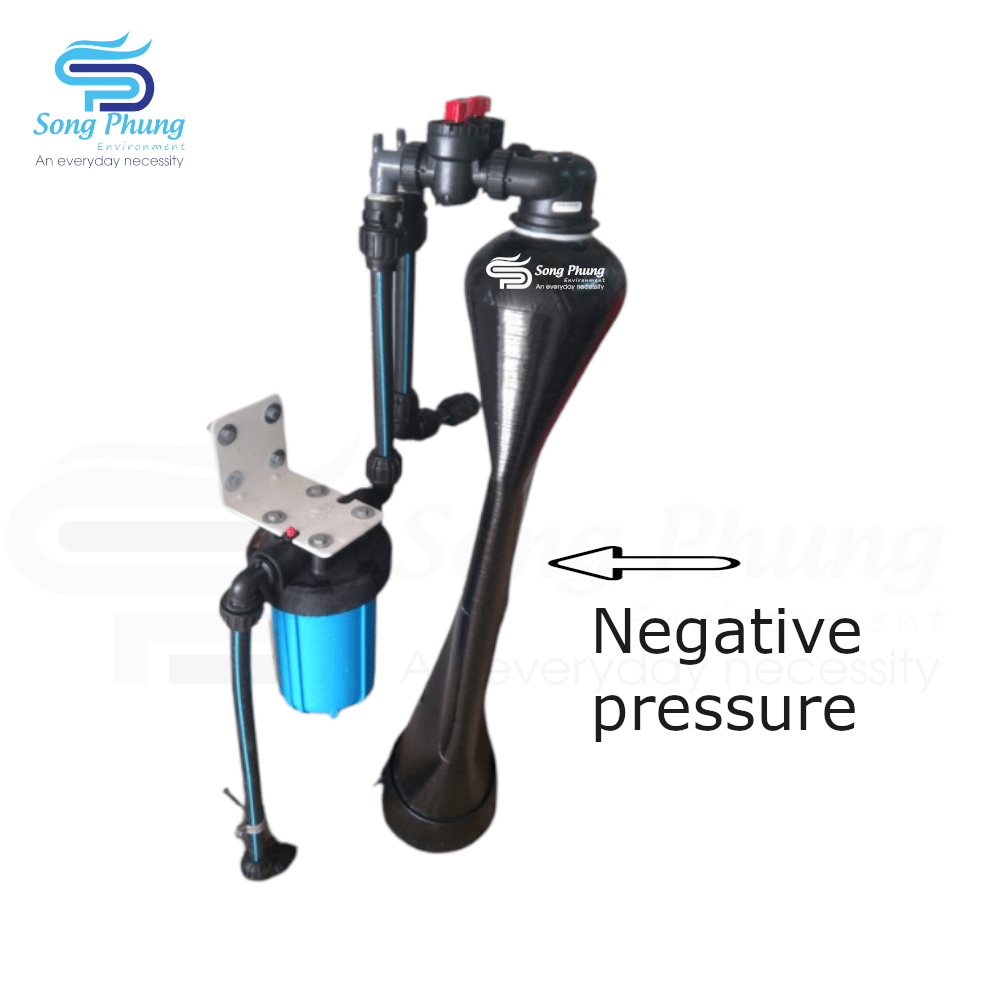
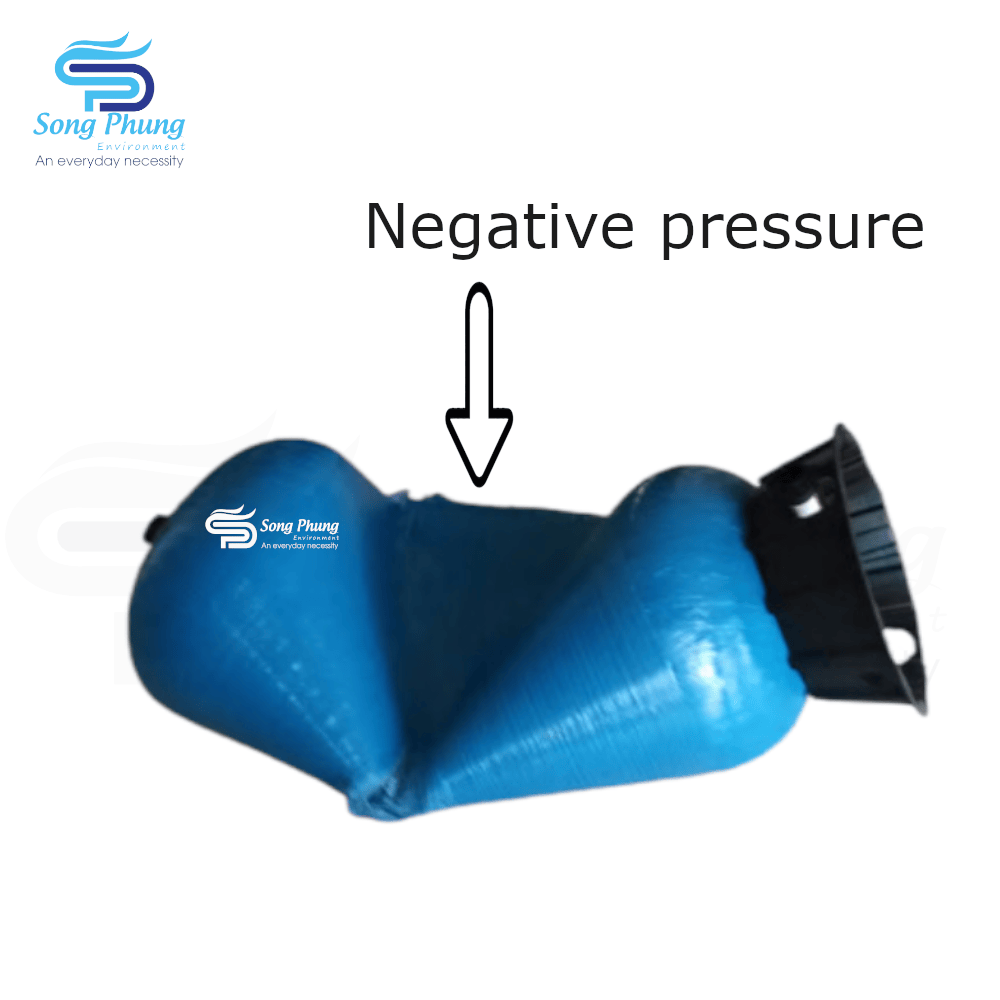
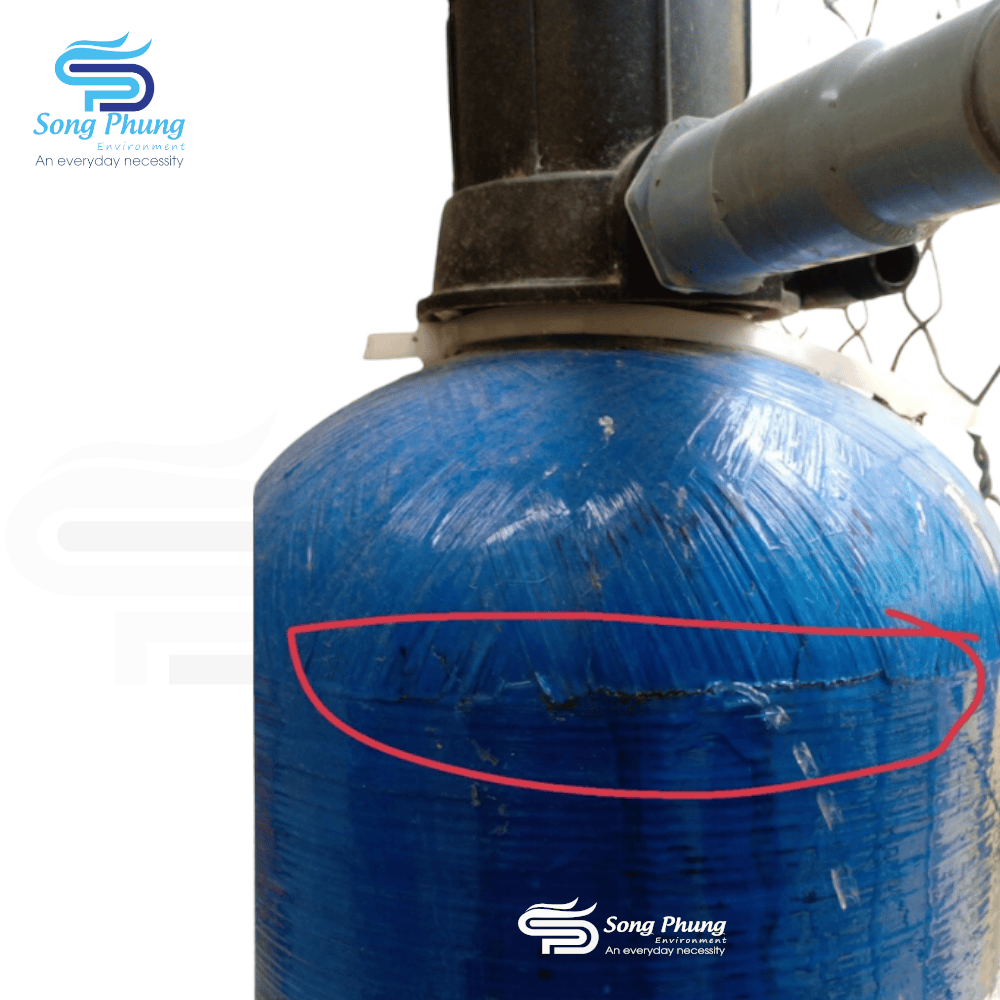
6. Solution to prevent negative pressure from occurring:
- Install a one-way valve (check valve) on the pipeline, especially right at the outlet of the pump before entering the filter tank, the tank to prevent water from flowing back when the system is stopped.
- Install a negative pressure anti-valve (vacuum breaker valve) so that when any negative pressure occurs, this valve will open to let the gas (air) in to balance the pressure
Translator: Duong Nguyen Hoang Khang


